Dinner

Greek Chicken Gyro Bowls Flavorful Meal Idea
Are you ready to spice up your dinner routine? Greek Chicken Gyro Bowls are a flavorful meal idea that packs a punch! With juicy chicken,
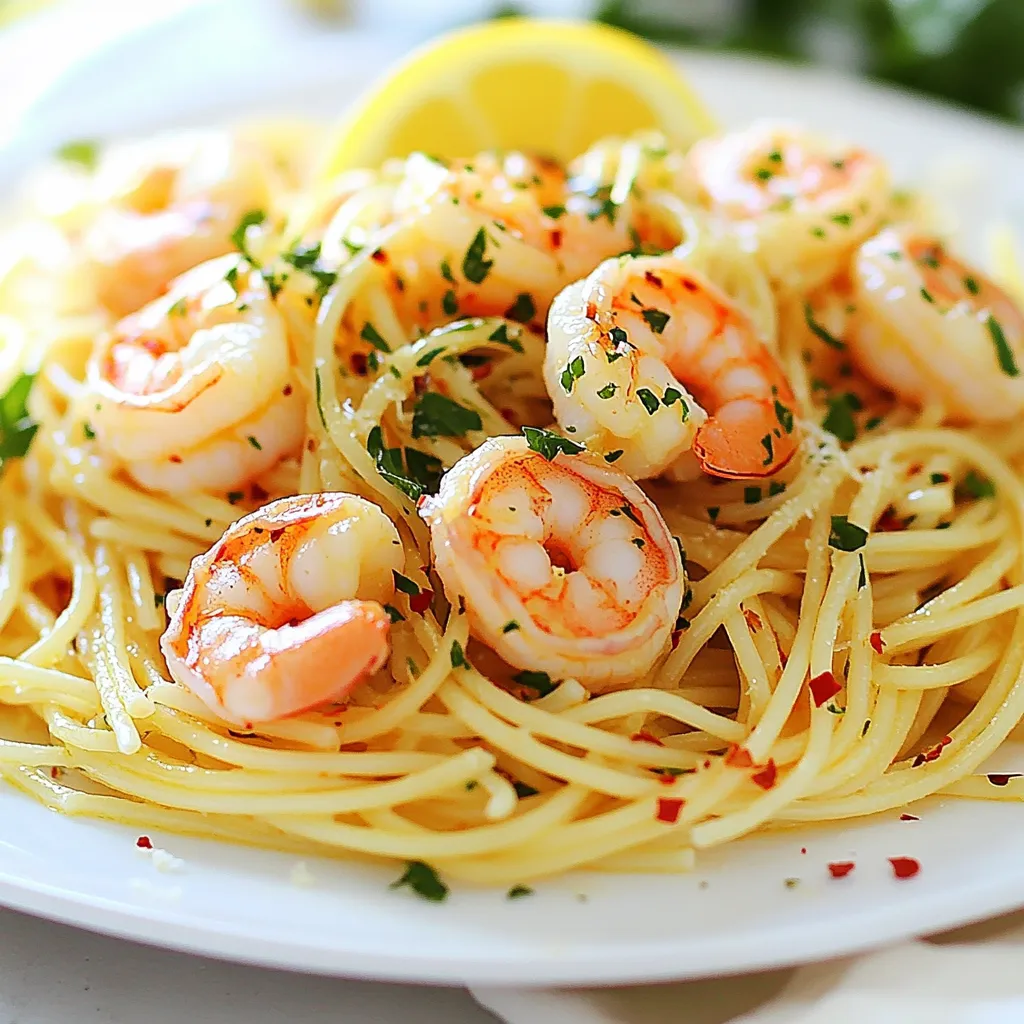
Lemon Garlic Shrimp Pasta Quick and Flavorful Dish
If you’re craving a bright, delicious meal that’s quick to make, you’ve found it! My Lemon Garlic Shrimp Pasta is packed with zesty flavors and
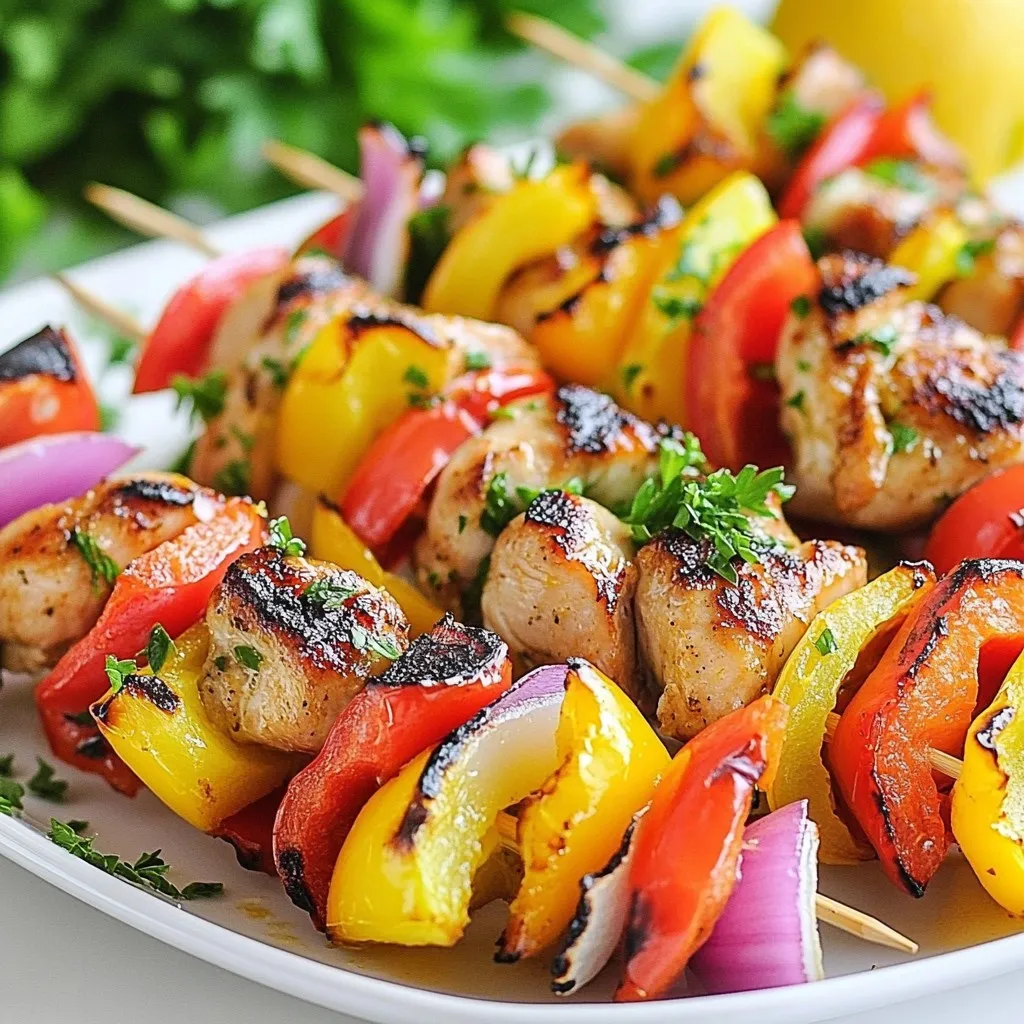
Greek Lemon Chicken Kebabs Tasty and Simple Recipe
Are you ready to take your grilling game to the next level? This Greek Lemon Chicken Kebab recipe is both tasty and simple. With juicy

Blackberry Sage Lemonade Refreshing Summer Drink
Looking for a cool drink to sip on this summer? Let me introduce you to Blackberry Sage Lemonade! This recipe combines tart blackberries and fragrant
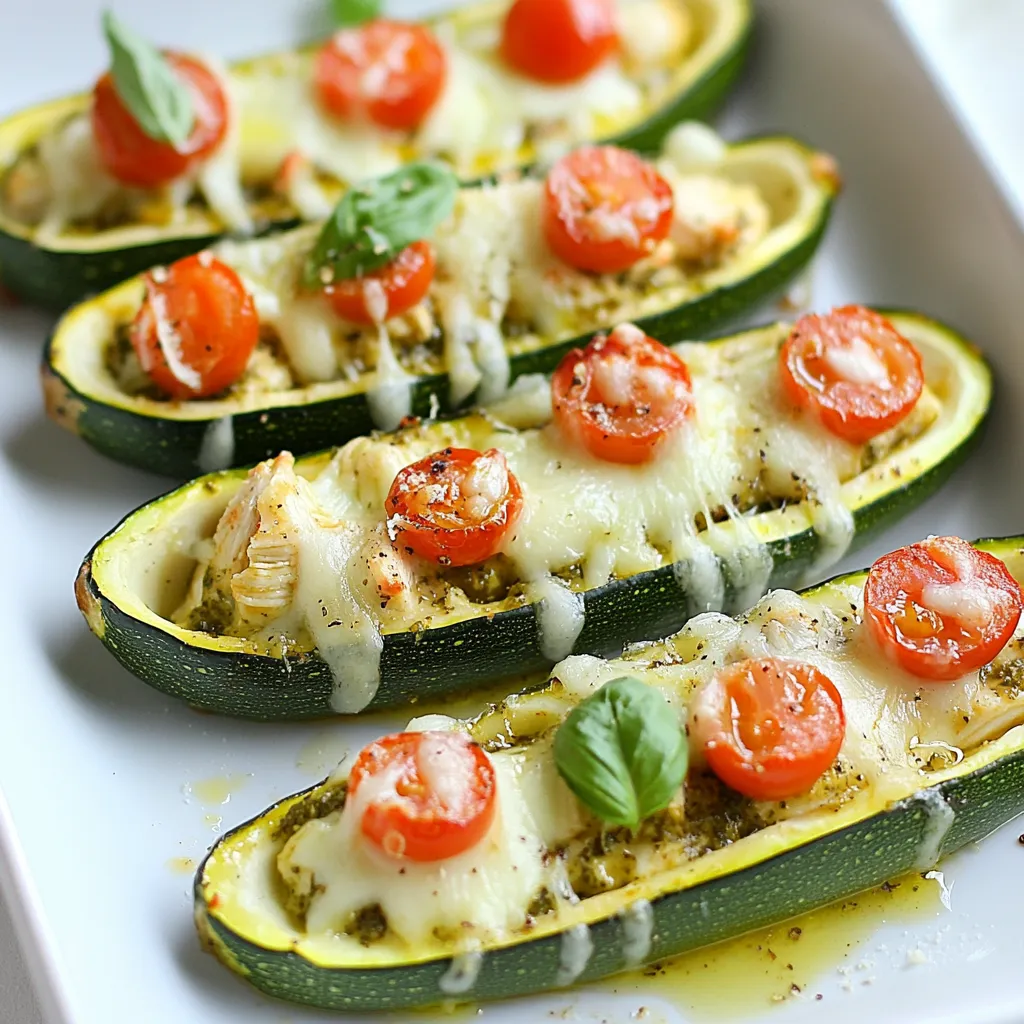
Pesto Chicken Zucchini Boats Flavorful and Easy Recipe
Looking for a fun, tasty meal that’s also healthy? You’ll love these Pesto Chicken Zucchini Boats! They blend fresh flavors and easy prep so you
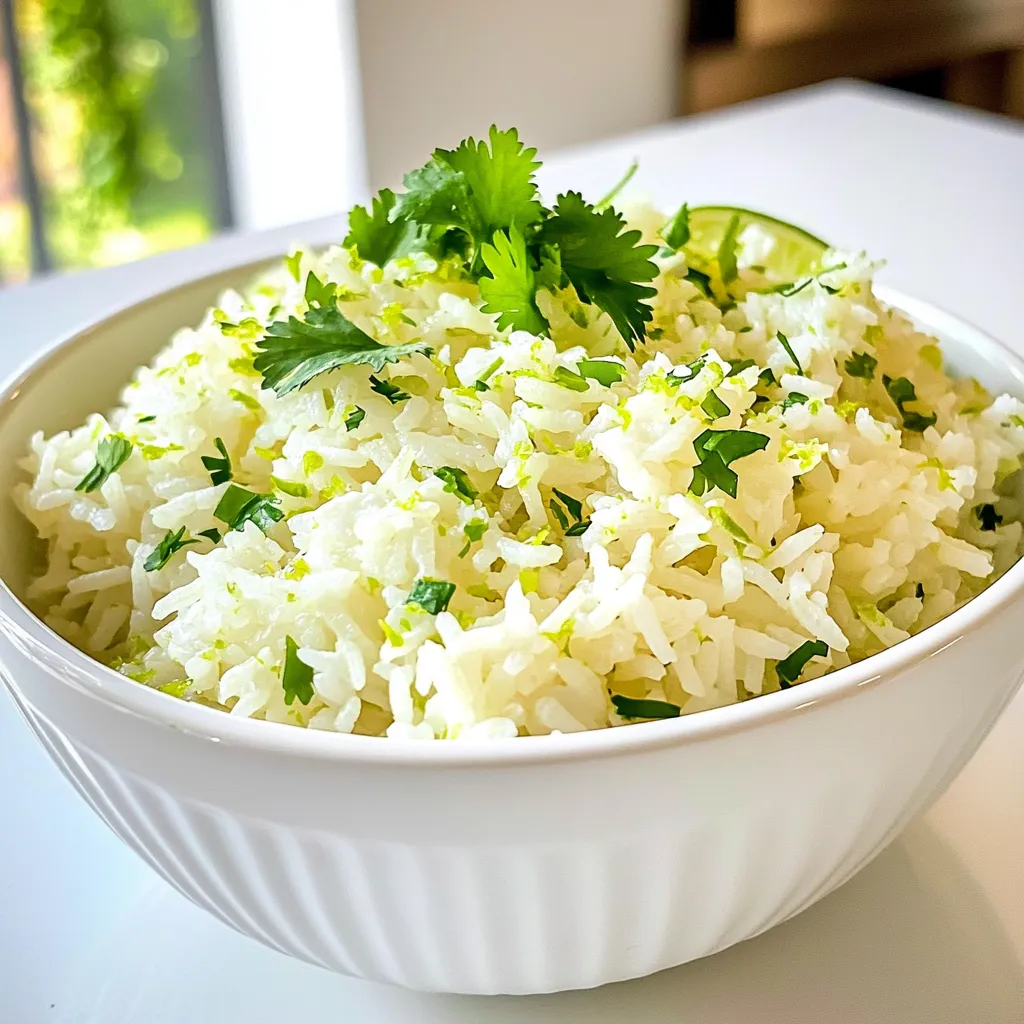
Coconut Lime Rice Simple and Flavorful Side Dish
If you’re looking for a simple yet vibrant side dish, look no further than Coconut Lime Rice. This easy recipe combines creamy coconut milk and

Honey Mustard Chicken Thighs Juicy and Flavorful Dish
Looking for a dish that bursts with flavor and is easy to make? Honey Mustard Chicken Thighs offer juicy meat paired with a sweet and

Spinach Mushroom Quiche Flavorful and Simple Recipe
Looking for a simple and tasty dish? This Spinach Mushroom Quiche is perfect for you! Packed with fresh spinach, savory mushrooms, and creamy cheese, it’s
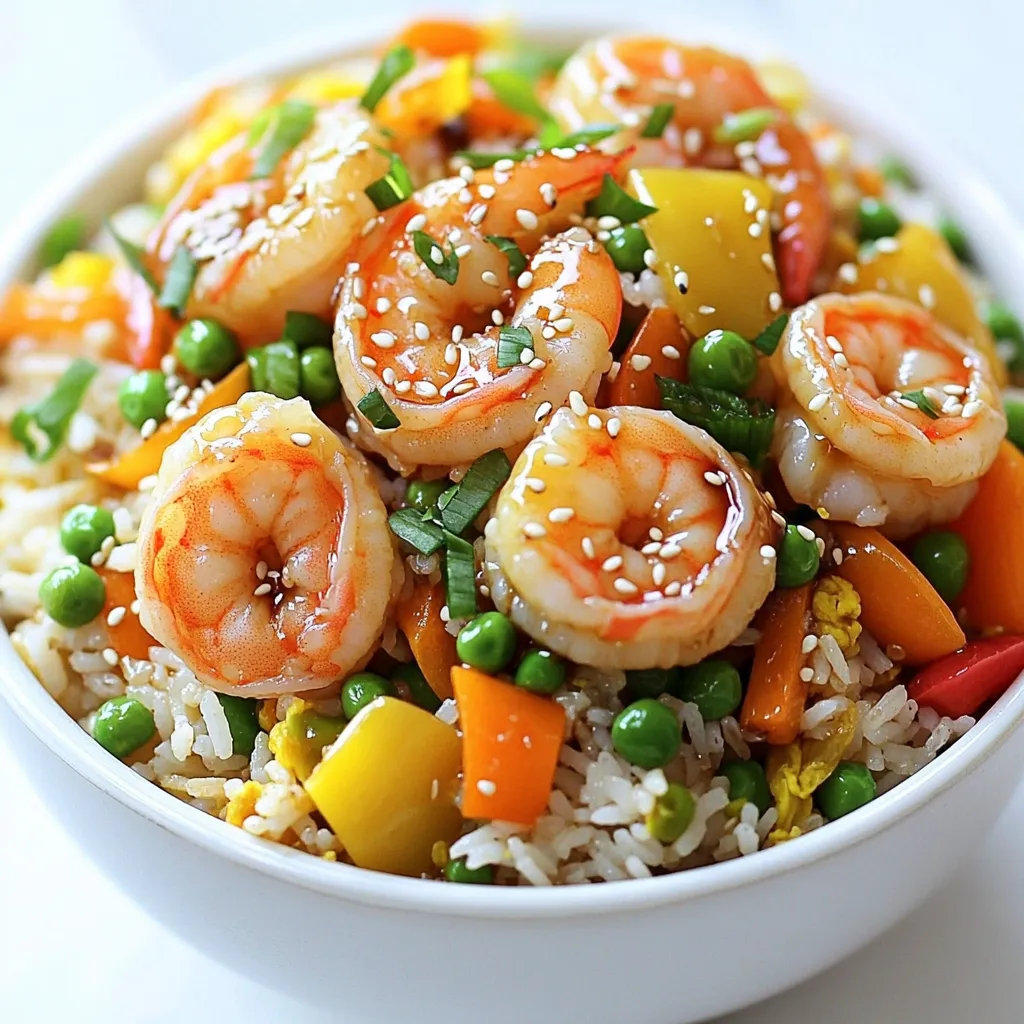
Minute Teriyaki Shrimp Fried Rice Flavorful Delight
Are you ready to whip up a tasty, quick meal? My Minute Teriyaki Shrimp Fried Rice is a flavorful delight that you can make in

Honey Lime Chicken Fajitas Flavorful and Fresh Meal
Are you ready to spice up your dinner routine? Honey Lime Chicken Fajitas bring bright flavors and fresh ingredients to your table. This meal is